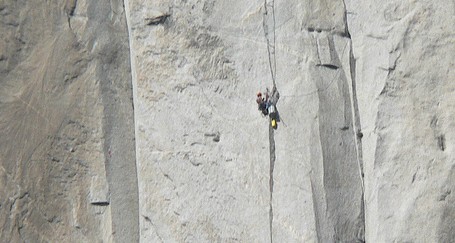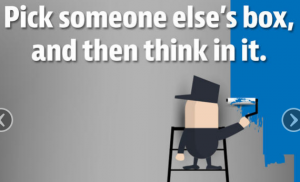
Publish. Publish. Publish.
Academics are expected to regularly publish in highly regarded journals as a measure of productivity, and therefore success. Whether as a graduate student hoping to land the perfect job or an early-career professor tackling the demanding process to earn tenure, academics experience a lot of stress.
According to a recent study published in the American Sociological Review, research that delves deeper into already known concepts (what the authors call traditional research) is more likely to get published than research that contributes new connections and ideas to the field (innovative work). But researchers writing innovative studies are more likely to be awarded for their work, as their research has a higher impact. So, if academics are more likely to publish traditional work at a higher rate than risk no publications coming out of innovative research, we can see where the tension arises.
Jacob Foster, one of the authors of the study, told the UCLA Newsroom,
Published papers that make a novel connection are rare but more highly rewarded. So what accounts for scientists’ disposition to pursue tradition over innovation? Our evidence points to a simple explanation: Innovative research is a gamble whose payoff, on average, does not justify the risk. It’s not a reliable way to accumulate scientific reward.


